Take the MTA Bus: Best Senior Travel Bargain in NYC
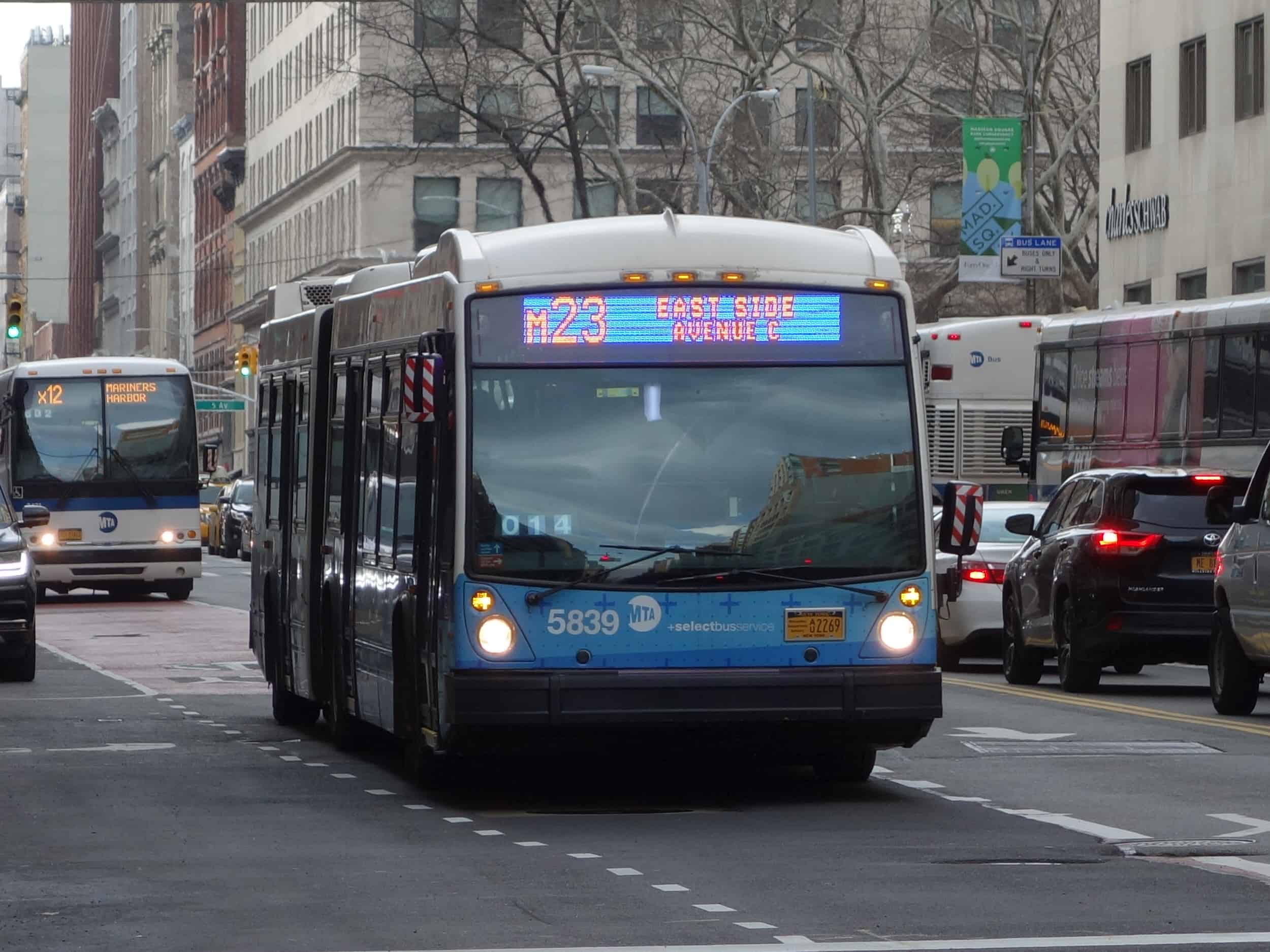
I must admit that until last week, you might have called me a Bus Snob. I hadn’t used an MTA bus in NYC since my college days. And I no longer had even a clue about how the MTA bus system worked.
Whenever I’ve had to get anywhere in Manhattan that was too far to walk, I depended on my standbys: Yellow taxis; rideshare services, like Uber and Lyft; and MTA subways—never a bus.
But after depending on city buses exclusively last week, I’ll tell you why I prefer them:
Taking yellow cabs
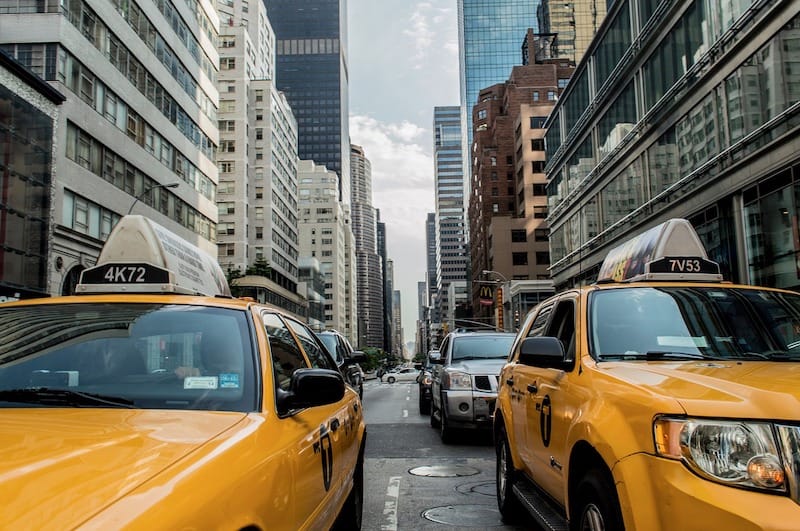
New York City yellow taxis are so iconic (and ubiquitous) that toy miniatures are sold at almost every souvenir stand. According to the NYC Taxi & Limousine Commission, some 13,000 licensed taxicabs are authorized to pick up passengers via street hails across the five boroughs.
How do they work? How do you hail one?
Lift your hand on a street corner or safely step into the street, find a yellow taxi whose medallion number is lit atop the taxi roof, wag your hand, and you might be lucky enough to stop one.
If the side lights of the taxi (saying “off-duty” are lit, it means the taxi isn’t stopping for passengers. If no lights are lit, the taxi is already occupied. Hailing a taxi can be especially onerous during rush hours or nasty weather (very hot, very cold, windy, snowy, or rainy).
NYC taxis aren’t cheap either. Upon entering, users are charged a base fare of $3.30 plus 50 cents for every 1/5 of a mile, 50 cents for every minute the taxi travels less than 12 MPH, a 50-cent surcharge for travel between 8 PM and 6 AM, and $1 for weekday travel between 4 PM and 8 PM.
Then, tack on to that a New York State Congestion Surcharge of $2.50 for trips that begin, end or pass through the portion of Manhattan south of 96th Street. The fare can be paid in cash or with plastic, and it’s customary to add a 15-20 % tip.
Fares are pretty unpredictable because they depend on traffic conditions. Not all taxis are handicapped-accessible either. The goal is to have 50% of the fleet compliant by 2020.
Taking Uber or Lyft
Another alternative for traversing the city, of course, is the growing number of rideshare cars. The NYC Taxi & Limousine Commission estimates that about 65,000 vehicles affiliated with Uber on the city streets, providing more than 400,00 rides per day. Recently, their numbers were capped because they are blamed for increased traffic congestion in the city (although I don’t remember the non-congestion before them).

Once you open an account and have one or another rideshare apps downloaded on your smartphone, car services are probably the easiest-to-use. You simply enter your destination; the driver finds you via GPS (and you can simultaneously track his/her whereabouts on the map on your phone) and you are chauffeured from here to there.
It’s convenient because no cash or credit cards change hands. In addition, you’ll know the precise amount of the charge at the time when you book the ride. The charge is simply billed to the card linked to your account and you can add a tip whenever you want afterward.
But door-to-door service like this comes at a cost with a minimum base fare of $10.75 that can get quite high during surge periods when demand exceeds capacity. Lifewire suggests that Uber is more economical for longer rides moving at a faster speed (e.g., to and from airports) while taxis are a better choice for congested areas like New York City.
The case for taking the MTA bus: Why I fell in love
Prodded to try something new by my millennial son, my virgin bus experience took place on the M72 MTA bus route that travels from the west to east side of Manhattan crossing through Central Park on the 66th Street transverse. (There is no direct way to go crosstown on the subways without changing trains.) I quickly followed that initial trip with another on the M66 (running from west to east) and then repeated both.
Clean and modern
New York City buses sure have been upgraded since the last time I rode them!
The older models have long been retired now all are fully ADA-compliant. Great efforts have been made to make them environmentally friendly, too; some are even electric hybrids. All the buses I rode (four of them) were clean, modern, air-conditioned with easy-to-read electronic signs inside signaling the next two upcoming stops. The seats were comfortable with USB outlets at all the seatbacks to charge smartphones and stay connected.

Plentiful
As of February, the MTA bus fleet included 5,725 buses (making it the largest municipal bus fleet in the U.S.). The buses operate 24/7 covering 234 local routes. Waits typically range between 5 and 15 minutes during the busiest times of the day.
Easy to navigate
There are two ways to plan your bus trip to find out about the routes. You can download the MTA official app, MYmta, for Android at the Google Play Store or for iPhone at the Apple app store. Both allow real-time bus tracking. OR – Use Google Maps: Just enter your destination and click public transit directions and Google will tell you the most convenient bus choices based on when the next bus will arrive.
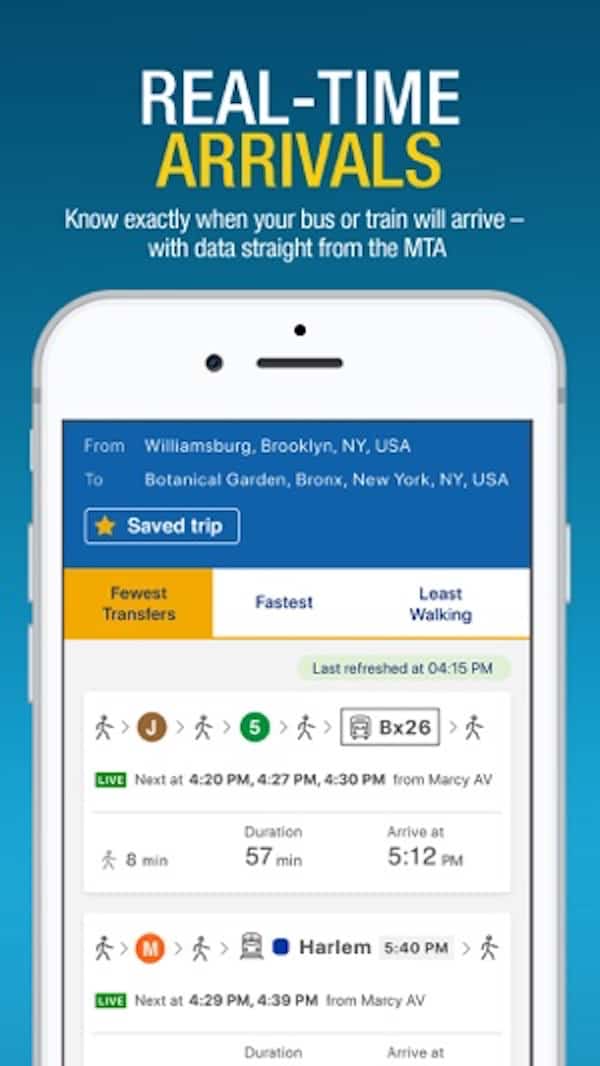
Bus stops (often with glass and metal bus shelters) are generally found every two or three blocks on major routes and are identified with clear signage, usually showing the route and destination. In addition to checking the number and destination of the bus, make sure that the bus isn’t marked “limited” unless one of the limited stops includes your destination. You always board the bus from the front, where you pay your fare, and leave the bus through the back door.
Economical
To be honest. This is one of the factors that really won me over. The MTA bus system may well be the best senior travel bargain in all of New York City! No other above-ground transportation option offers discounts to seniors.
With a photo ID, anyone 65 years of age and older (as well as younger people with qualifying disabilities) are able to ride the bus at less than half-fare. The ordinary fare is $2.75 per person. Seniors pay $1.35. Moreover, a single fare enables a passenger to travel any distance from the beginning to the end of the route as well as to transfer to another route (within two hours.)
Traveling with grandchildren? Up to three children (under 44” in height) can ride free along with a paying adult.
Visitors typically pay cash so it’s important to have the exact fare available in coins before boarding as well as a required photo ID. No pennies are accepted. (Although I showed my photo ID the first time I boarded, I quickly learned that most bus drivers don’t take the time to ask you for it.)
If you have plans to visit the city for an extended period of time, you may want to apply for a refillable, Reduced Fare MetroCard before your trip. Another option once you arrive: A 7-day Unlimited Ride MetroCard allows an unlimited number of rides on buses and subways for that fixed time period, for a reduced fare of $16.00 at Metro booths and vending machines. (Note: There’s a $1 surcharge to purchase the card.)
Authenticity
With large windows, NYC MTA buses offer great sightseeing tours showcasing the rich architectural history and vibrant life of the city.
The MTA bus system also provides passengers a unique opportunity to people-watch and interact with a broad cross-section of New York City including old and young, locals and tourists.

Yes, unlike the subways, these buses can be painfully slow during peak travel periods, almost as slow as walking. But they do offer seasoned travelers a coveted a form of “slow travel” in busy New York City—with plenty of time to think and reflect as they travel to various destinations.
READ MORE
See: NYC Transportation: Getting Around
All photo credits (unless otherwise noted): Irene S. Levine
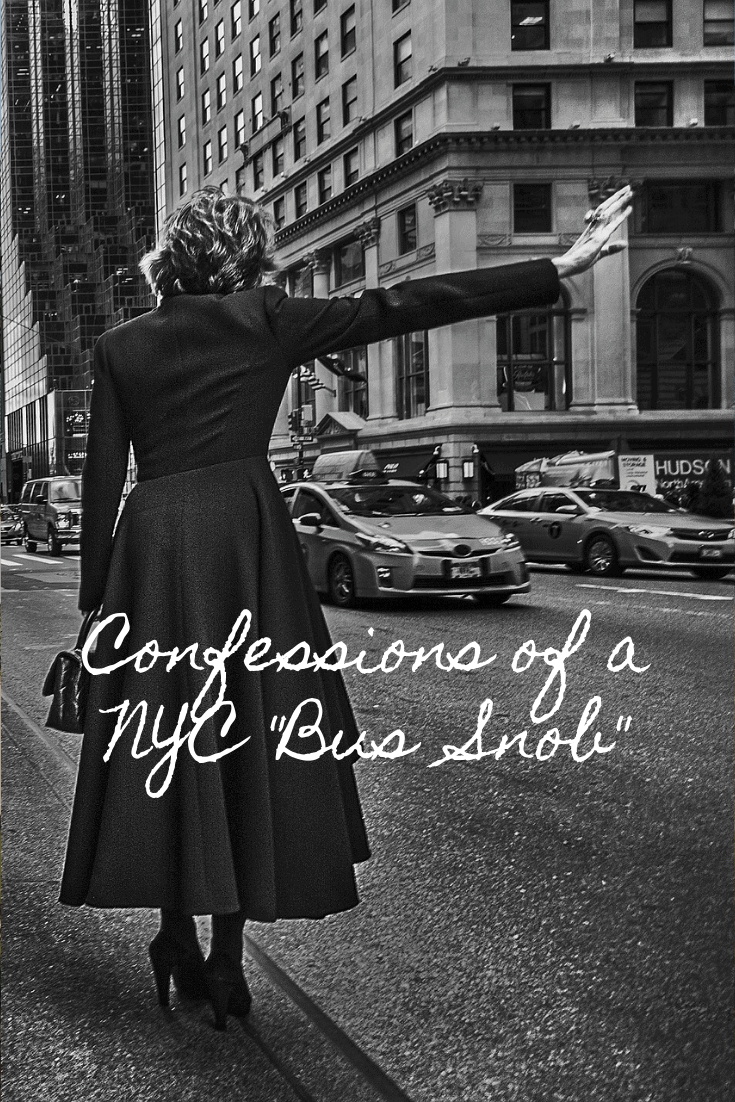

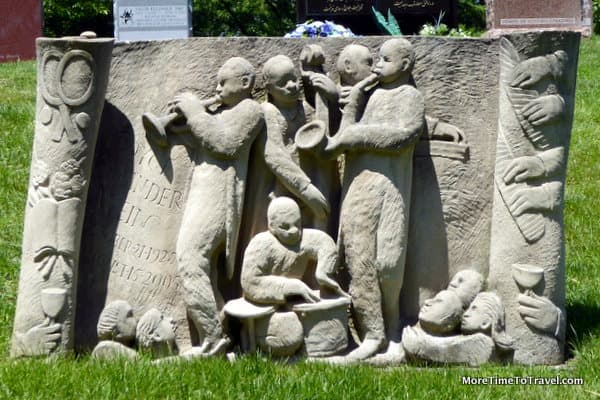
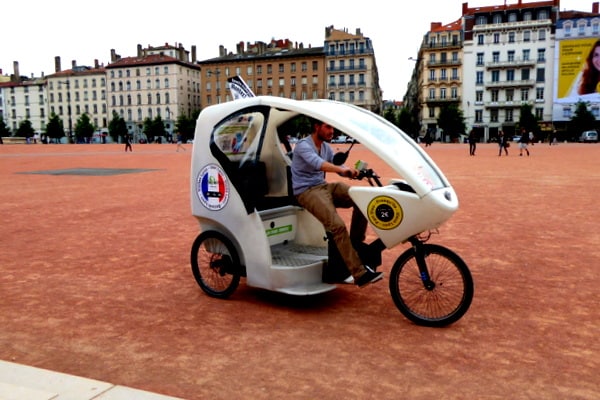
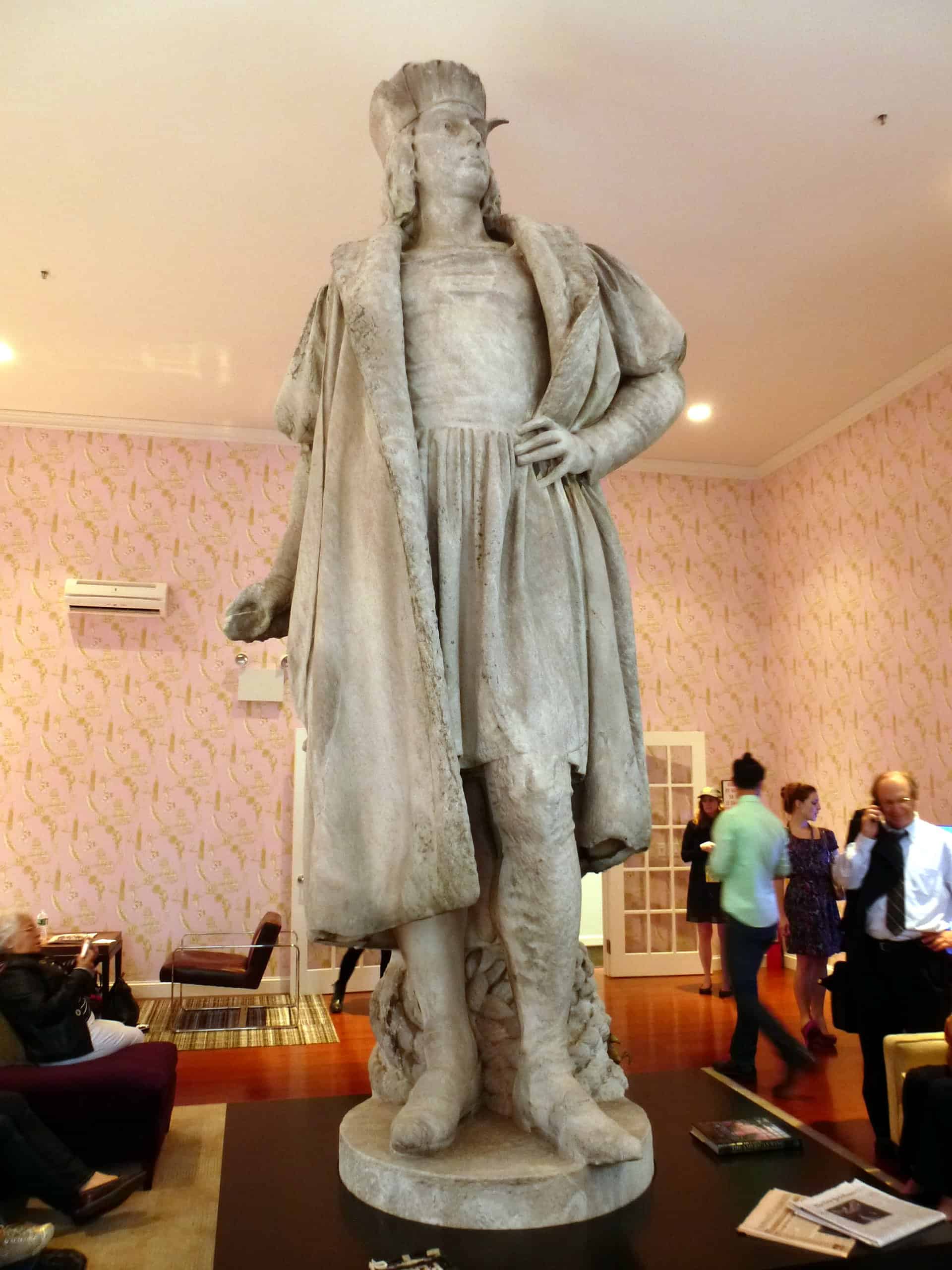
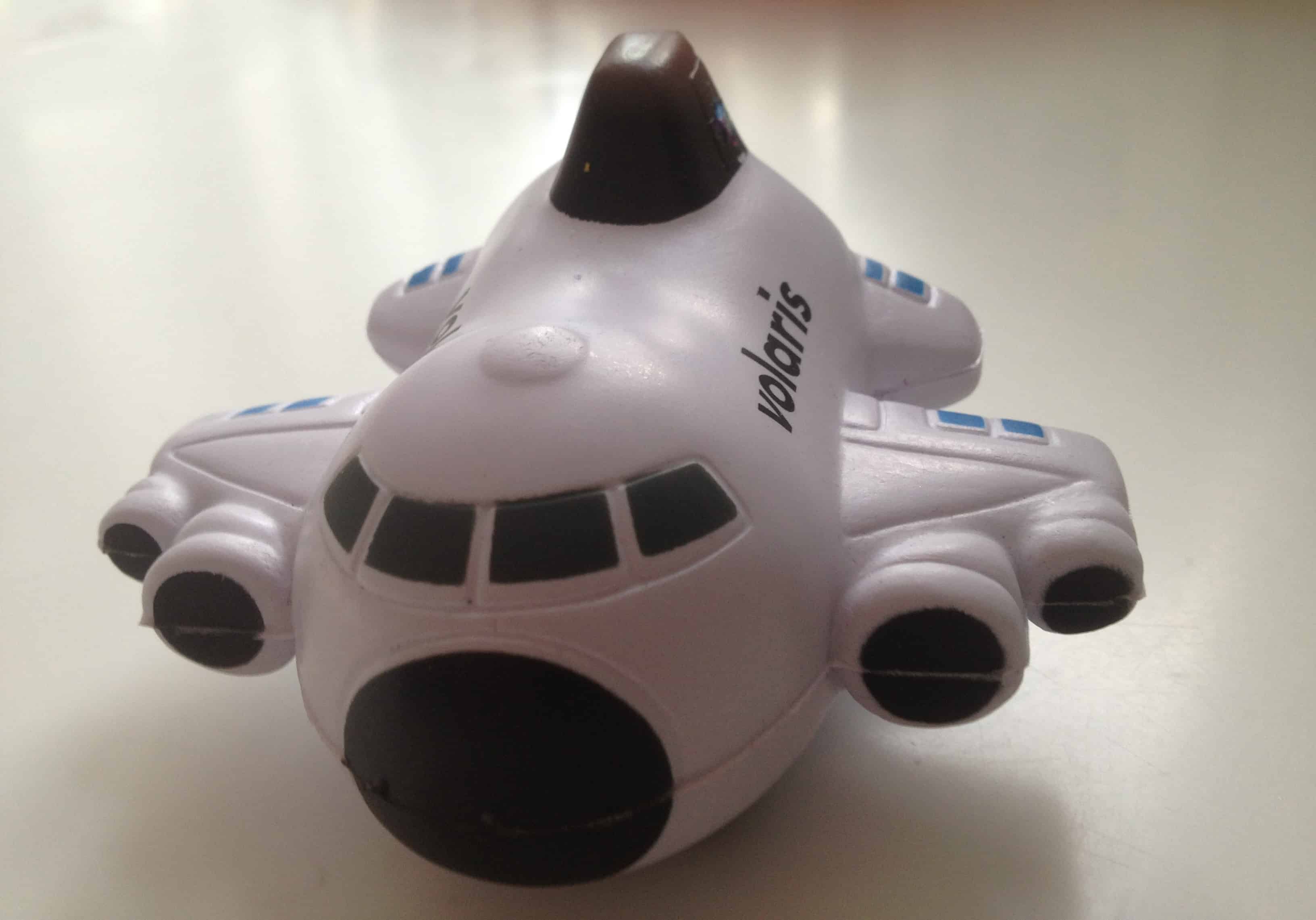
I guess it’s been a while since I rode the MTA bus. You’ve inspired me to try it again next time in NYC. I like that there’s an app for it now too.
There sure is something nice about traveling high up and above ground!
Thanks for this wonderful tip. This must be the most affordable sightseeing tour iof NYC!!! It’s almost nothing at half price!!! I am a convert!!!
You’ve got me thinking now…I used to take buses waaaay back when I lived in NYC. And since I shun the subways, maybe I’ll go back to a bus now. I didn’t realize you could still use cash. Is it only coins, or can you use a dollar plus coins?
Exact change in coins only!
I love taking streetcars and buses in Toronto as it’s possible to ride in daylight as opposed to underground. The MTA bus offers that and more from the sounds of it – the onboard charging stations are a fantastic benefit. What a bargain too!
Yes, nice to be able to look around you while traversing a city!
I’m a fan of taking public transportation as much as possible. I do it at home and abroad. I’d love to head back to NYC and try the MTA.
The last time I was there I just walked, and walked and…. 🙂 Great city. Thanks for the tip
Walking is the best way to see things close-up…but the bus might be second to that:-)
I’ve never taken a bus in NYC I guess it’s something to consider for our next trip. Sounds like the perfect way to get around.
It’s funny. While tourists often use the NYC subways, buses are more of an oddity. Definitely worth a try!